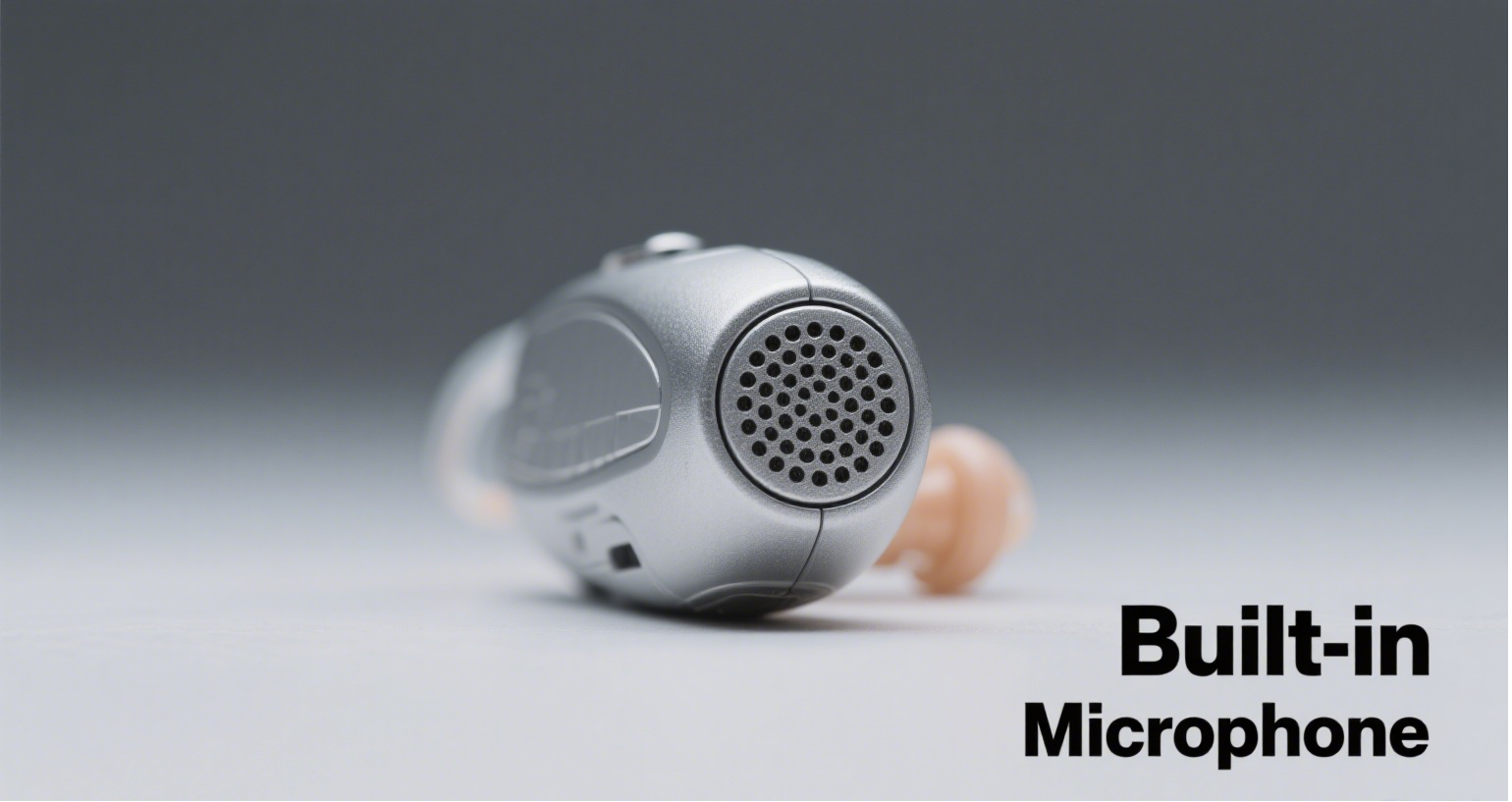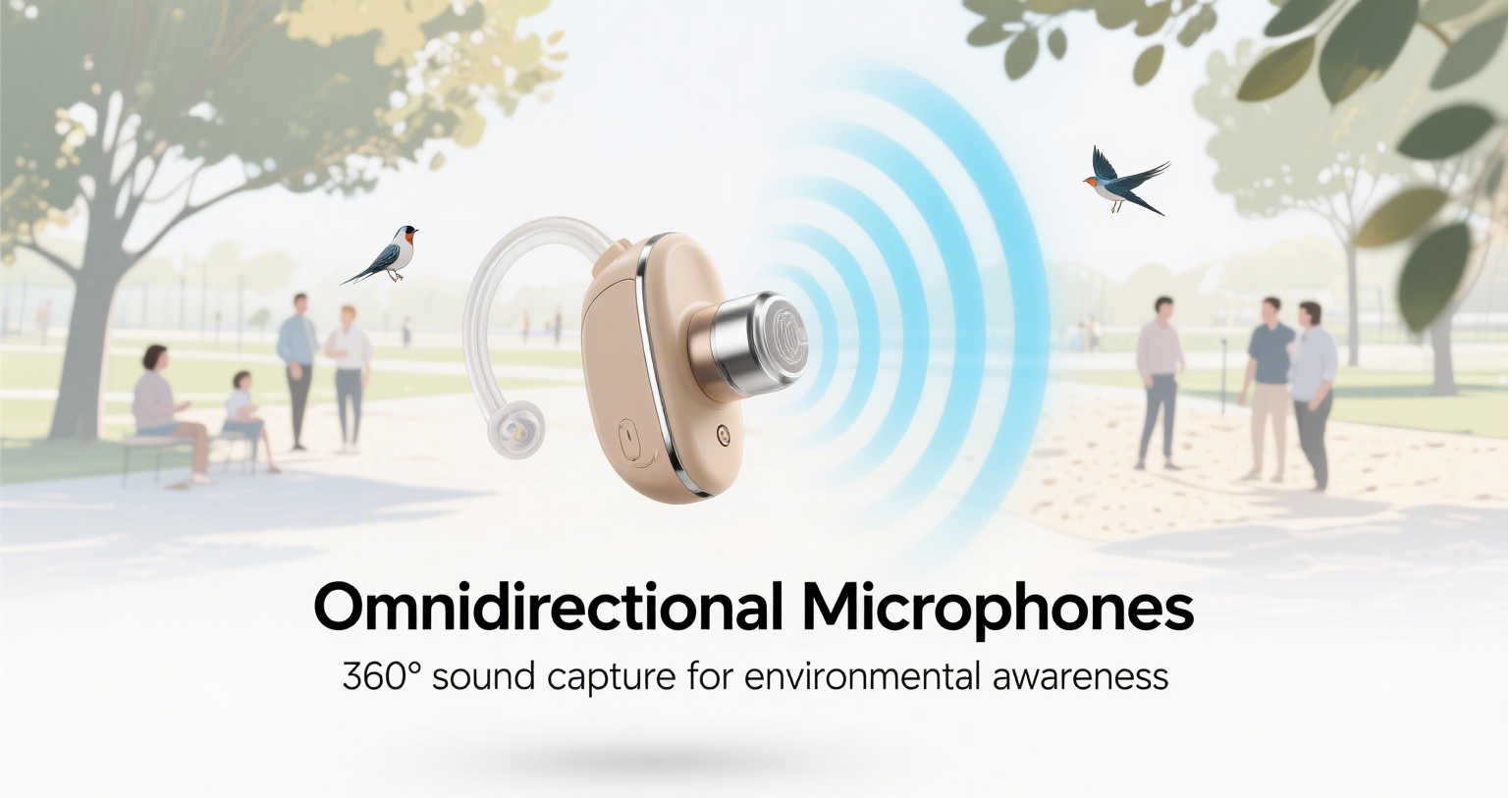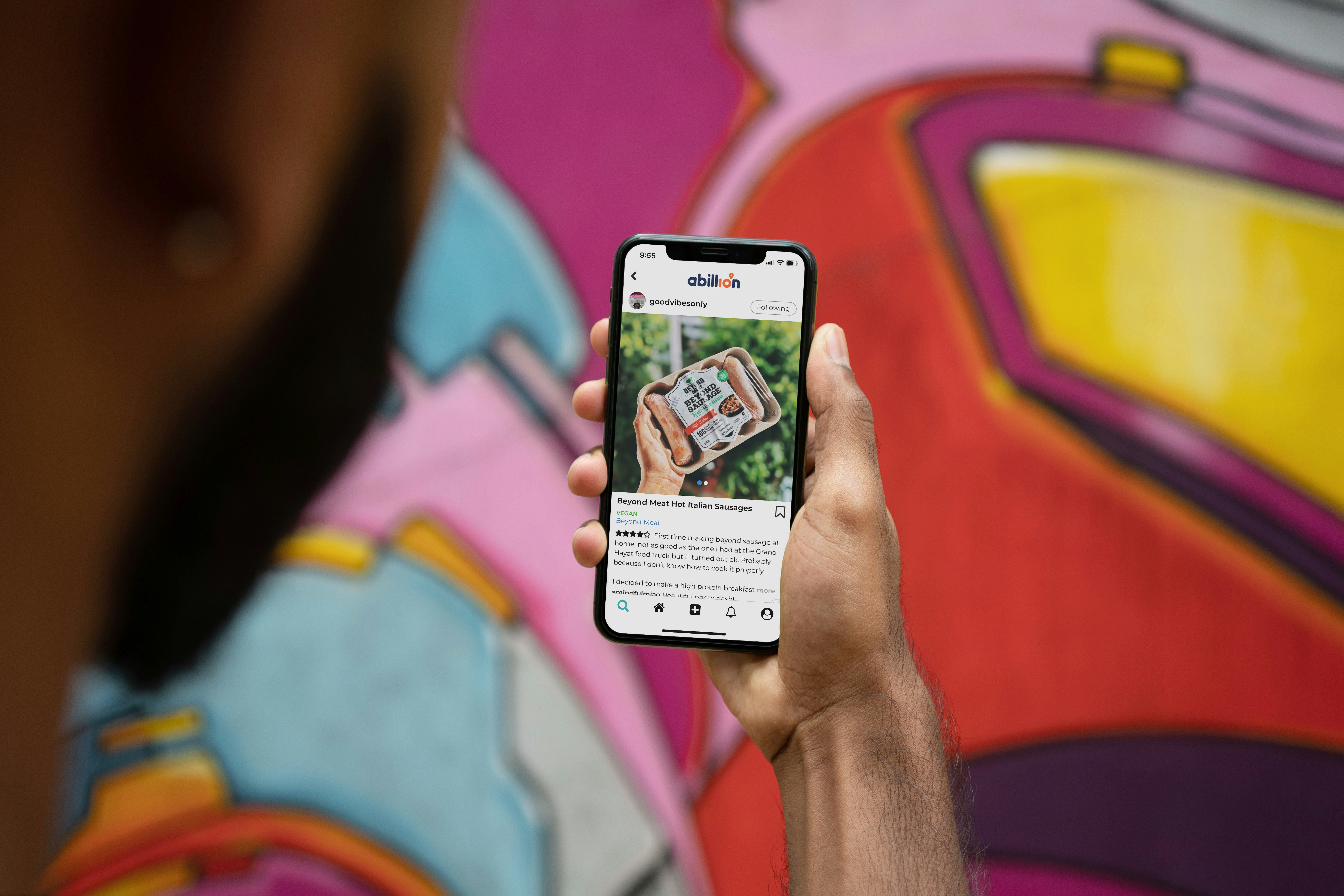TL;DR
This article focuses on selecting the optimal hearing aid microphone, detailing different types and their functionalities. It discusses critical features and qualities that make a microphone effective, including noise cancellation and adaptability. Additionally, it compares built-in and add-on options, explores Bluetooth mics, provides a step-by-step selection process, addresses troubleshooting, and answers common questions, aiding users in making informed choices for better sound clarity.
Introduction: Why the Right Hearing Aid Microphone Matters
For anyone using hearing aids, the microphone is critical, bridging the world’s sounds and clear perception. Hearing aid microphones capture all audio, from whispers to street hums, directly affecting speech understanding, voice distinction, and noise filtering. A poor mic can frustrate even top devices with muffled sound, clutter, or feedback—issues highlighted in research, such as studies from the National Institute for Health and Care Excellence, which note that adults with hearing loss often struggle most with speech in background noise, a challenge that microphone design (like directional vs. omnidirectional) and noise reduction algorithms aim to address.
Seeking the best hearing aids microphone is about reclaiming moments—laughter, meetings, chats. This guide breaks down what makes great mics, from noise cancellation to Bluetooth, aiding choices whether you want built-in, external, or bluetooth mics.

Understanding Different Types of Hearing Aid Microphones
Not all hearing aid microphones are created equal. Their design, functionality, and placement can significantly affect how well they capture sound—and how well you process it. Let’s break down the main types:
Built-in vs. External Microphones
● Built-in microphones: These are integrated directly into the hearing aid, making them compact and convenient. They’re ideal for everyday use, as they’re designed to pick up sounds in close proximity (e.g., face-to-face conversations). Most modern hearing aids with microphone features rely on built-in mics, which are engineered to work seamlessly with the device’s amplification and noise-reduction systems.
● External microphones: These are separate devices that connect to your hearing aid, often via wires or wireless technology. They’re useful for specific scenarios, such as listening to a speaker in a large room or reducing background noise in crowded environments. An external microphone for hearing aid can be positioned closer to the sound source, improving clarity when distance or interference is an issue.

Omnidirectional vs. Directional Microphones
● Omnidirectional microphones: These capture sound from all directions equally. They’re great for situations where you need to be aware of your surroundings—like walking in a park or participating in a group conversation—since they don’t limit the audio input. However, their wide focus can also pick up more background noise, which may be overwhelming in busy settings.
● Directional microphones: These prioritize sound coming from the front (where you’re facing) and reduce noise from the sides and behind. They’re a game-changer for one-on-one conversations in noisy places, such as restaurants or offices. Many high-quality hearing aids with noise cancelling mic features use directional mics to enhance speech recognition while minimizing distractions.

Key Features to Compare
When evaluating hearing aid microphones, keep an eye on these specifications:
● Sensitivity: Measures how well the microphone picks up faint sounds. Higher sensitivity is better for quiet environments.
● Frequency response: Indicates the range of sounds from low to high pitches the microphone can capture. A broader range ensures you hear both deep voices and high-pitched tones clearly.
● Noise reduction: Some mics include built-in algorithms to filter out steady-state noise such as air conditioning, traffic. This is a core feature of hearing aids with noise cancelling mic technology.
What Makes the Best Hearing Aids Microphone?
The best hearing aids microphone isn’t a one-size-fits-all solution—it depends on your lifestyle, listening habits, and environment. However, certain qualities consistently set top performers apart.
Core Criteria for Excellence
1. Speech clarity: The primary goal of any hearing aid is to make speech understandable. The best mics excel at isolating voices from background noise, ensuring you catch every word in a conversation—even when others are talking nearby.
2. Noise suppression: While no microphone can eliminate all noise, the top models minimize unwanted sounds without distorting speech. This is especially critical for hearing aids with noise cancelling mic capabilities, where the balance between noise reduction and sound quality is key.
3. Durability: Hearing aid microphones are exposed to dust, moisture, and daily wear. The best ones are designed to withstand these elements, with water-resistant casings and sturdy components that maintain performance over time.
4. Adaptability: The ability to adjust to different environments—switching from directional to omnidirectional mode, for example—makes a microphone versatile. Many premium models use sensors to automatically adapt to changes in noise levels, reducing the need for manual adjustments.

Real-World Insights: User Reviews and Expert Ratings
When researching the best hearing aids microphone, don’t overlook real user experiences. Platforms like Amazon, HearingTracker, and Reddit are rich sources of feedback. Common praise points include:
● “The microphone picks up my spouse’s voice even when we’re in a noisy restaurant.”
● “No more feedback when I talk on the phone—this mic is game-changing.”
Experts also evaluate microphones based on lab tests, measuring speech intelligibility in controlled noisy environments. For example, the Speech-in-Noise (SIN) test assesses how well a microphone helps users understand words amid background noise. Models scoring high on these tests are often recommended for those with moderate to severe hearing loss.
How Microphone Quality Impacts Overall Performance
A hearing aid’s microphone is the foundation of its functionality. Even the most advanced amplification technology can’t compensate for a poor mic. If the microphone distorts sound or fails to isolate speech, the hearing aid will amplify noise alongside voices, leading to confusion. Conversely, a high-quality microphone ensures that the sounds you want to hear are captured accurately, making amplification effective and natural.
The Benefits of Hearing Aids with Noise-Cancelling Mic
Hearing aids with noise cancelling mic technology have revolutionized how users experience sound, particularly in challenging environments. Here’s why they’re worth considering:
How Noise-Cancelling Technology Works
Noise-cancelling microphones use advanced algorithms to distinguish between speech and background noise. They analyze incoming sounds in real time: steady, predictable noises like a fan or traffic are identified and reduced, while variable sounds like voices are preserved and amplified. Some models use multiple microphones to compare sound sources, further enhancing their ability to focus on speech.
Scenarios Where They Excel
● Restaurants and cafes: The clatter of dishes, chatter of patrons, and hum of appliances can drown out conversation. A noise-cancelling mic cuts through this chaos, making meals with loved ones more enjoyable.
● Workplaces: Offices with open floor plans, printers, and phone calls can be overwhelming. These mics help you focus on a colleague’s voice during meetings or discussions.
● Public transit: Buses, trains, and airports are filled with constant noise. A noise-cancelling microphone makes it easier to talk to a travel companion or hear announcements.

Limitations to Consider
While powerful, noise-cancelling mics aren’t perfect. They may struggle with:
● Sudden, loud noises: A car horn or a dropped object can still startle you, as the technology takes a split second to react.
● Overlapping speech: In a lively group conversation, the mic may struggle to isolate one voice from another, leading to some confusion.
● Battery drain: The constant processing required for noise cancellation can reduce your hearing aid’s battery life, so you may need to recharge or replace batteries more frequently.
Exploring Hearing Aids with Microphone: Built-in vs. Add-On Options
When it comes to hearing aids with microphone capabilities, you have two main choices: built-in mics that come with the device, or add-on microphones that enhance performance. Let’s weigh the pros and cons.
Built-in Microphones: Convenience and Integration
Pros:
● Seamless design: No extra devices to carry or connect.
● Optimized performance: Built-in mics are calibrated to work with the hearing aid’s specific amplification settings, ensuring consistent sound quality.
● Low maintenance: No additional parts to clean or replace.
Cons:
● Limited flexibility: They can’t be repositioned, which may be a drawback in large rooms or noisy environments.
● Less adaptability: If you need more directional focus, built-in mics may not offer the same precision as external options.

Add-On Microphones: Versatility for Specific Needs
Pros:
● Targeted sound capture: You can place the external microphone for hearing aid near a sound source such as a TV, speaker, or conversation partner for clearer audio.
● Enhanced range: Many external mics work at distances up to 30 feet, making them ideal for lectures, church services, or watching TV from across the room.
● Compatibility: Some models work with multiple hearing aid brands, offering flexibility if you upgrade your device later.
Cons:
● Extra equipment: You’ll need to carry, charge, and keep track of the external mic.
● Connection issues: Wireless add-ons may experience interference or pairing problems, especially in areas with heavy Wi-Fi or Bluetooth use.
Compatibility Factors
Not every microphone for hearing aid will work with your device. Check for:
● Wireless protocols: Does the mic use Bluetooth, FM, or induction loop technology? Ensure it matches your hearing aid’s capabilities.
● Brand specificity: Some manufacturers design mics exclusively for their hearing aids.
● Power requirements: External mics may need their own batteries or charging, so factor this into your daily routine.
Bluetooth Mic for Hearing Aids: Enhancing Connectivity and Clarity
A bluetooth mic for hearing aids is more than just a convenience—it’s a tool that expands how and where you can hear clearly. By wirelessly streaming audio directly to your hearing aids, these mics eliminate the need for holding a phone to your ear or sitting close to a speaker.
How Bluetooth Mics Improve Audio Streaming
● Phone calls: A bluetooth mic for hearing aids can clip to your shirt or sit on a table, capturing your voice clearly while streaming the caller’s audio directly to your device. This eliminates background noise on both ends of the call.
● Media consumption: Watch TV, listen to podcasts, or enjoy music without cranking up the volume. Bluetooth mics stream audio in high quality, preserving nuances in sound.
● Conversations: In group settings, a portable Bluetooth mic can be passed around, ensuring everyone’s voice is picked up clearly—no more straining to hear the person across the table.

Setting Up and Troubleshooting
Pairing a bluetooth mic for hearing aids is usually straightforward:
1. Put your hearing aids in pairing mode and check the user manual for steps.
2. Turn on the Bluetooth mic and select it from your hearing aid’s list of available devices.
3. Follow prompts to complete the connection.
Common issues and fixes:
✓ Interference: If audio cuts out, move away from other Bluetooth devices (e.g., routers, smartphones) that may cause signal overlap.
✓ Low volume: Adjust the mic’s gain settings or ensure it’s positioned correctly (closer to the sound source).
✓ Disconnection: Recharge both the mic and hearing aids, as low battery can disrupt the connection.
Top-Rated Bluetooth Mics
● Phonak Roger On: A compact, clip-on mic that works with most Phonak hearing aids. It offers a 65-foot range and excellent noise reduction.
● Oticon ConnectClip: Doubles as a Bluetooth mic and a remote control for Oticon hearing aids. Great for phone calls and streaming music.
● Signia StreamLine Mic: Compatible with Signia hearing aids, this mic features adaptive noise cancellation and a 50-foot range.
● Nearity: A sleek Bluetooth mic designed for versatile use, compatible with Neaity’s hearing aids. It delivers clear audio streaming with a 50-foot range, offering reliable performance for daily conversations and media.
Step-by-Step Guide to Selecting the Right Microphone for Your Hearing Device
Choosing the perfect microphone for hearing aid involves assessing your needs, consulting experts, and testing options. Follow this step-by-step process:
1. Assess Your Listening Needs
Start by documenting your daily environments and challenges:
● Do you spend a lot of time in noisy places like restaurants, offices? Prioritize hearing aids with noise cancelling mic features.
● Do you frequently watch TV or attend lectures? An external mic or bluetooth mic for hearing aids may be essential.
● Do you struggle with phone calls? Look for mics optimized for voice streaming.
2. Consult with an Audiologist
Audiologists have access to professional tools that measure how well different hearing aid microphones perform for your specific hearing loss. They can:
● Test your ability to understand speech in noise with various mics.
● Recommend models based on your lifestyle (e.g., active users may need durable, water-resistant options).
● Adjust settings to ensure the microphone works seamlessly with your hearing aid’s amplification.
3. Consider Your Budget
Microphone quality varies with price. Built-in mics are included with the hearing aid, but premium features (like advanced noise cancellation) may add to the cost. External mics range from $50 to $300+, depending on brand and functionality. Set a budget, but remember: investing in a better mic can significantly improve your quality of life.
4. Test Before Buying
Whenever possible, trial the microphone in real-world settings:
● Wear the hearing aid with the mic in a restaurant or busy store to test noise cancellation.
● Use a bluetooth mic for hearing aids during a phone call to check clarity.
● Ask a friend to speak from across a room to evaluate range for external mics.

Troubleshooting Common Issues with Hearing Aid Microphones
Even the best hearing aid microphones can encounter problems. Here’s how to resolve common issues:
Muffled Sound or Distortion
● Check for blockages: Dust, wax, or debris can clog the microphone port. Gently clean it with a soft brush or specialized cleaning tool (avoid sharp objects).
● Adjust settings: If you’re using a directional mic, ensure it’s pointing toward the sound source. Some models let you switch modes manually if auto-adjustment isn’t working.
● Battery issues: Low batteries can cause sound distortion. Replace or recharge your hearing aid and external mic if applicable.
Feedback
● Fit issues: A loose hearing aid can create feedback as sound leaks and re-enters the microphone. Consult your audiologist for a better fit.
● Volume levels: High volume can cause feedback. Lower the volume slightly or use a more directional mic setting.
● Mic placement: For external mics, ensure they’re not too close to the hearing aid, as this can create a feedback loop.
Poor Bluetooth Connectivity
● Update firmware: Manufacturers often release updates to improve Bluetooth performance. Check your hearing aid’s app for updates.
● Reduce distance: Move closer to the device you’re streaming from phone or TV to strengthen the signal.
● Reset pairing: Sometimes, unpairing and re-pairing the bluetooth mic for hearing aids can resolve connection issues.
Conclusion: Investing in the Best Microphone for Your Hearing Needs
Your ability to engage with the world depends largely on how well your hearing aid microphones capture sound. Whether you opt for hearing aids with noise cancelling mic technology, a versatile bluetooth mic for hearing aids, or a reliable external microphone for hearing aid, the right choice will enhance clarity, reduce frustration, and help you stay connected to the moments that matter.
Remember, there’s no universal “best” option—what matters is how well the microphone aligns with your lifestyle. By assessing your needs, consulting experts, and testing options, you can find a microphone hearing device that transforms your hearing experience.
FAQs
Q: Can I add a noise-cancelling mic to my existing hearing aids?
A: It depends on your device. Some hearing aids are compatible with external noise-cancelling mics, while others require built-in features. Check with your audiologist or manufacturer.
Q: Do Bluetooth mics work with all hearing aids?
A: No. They require Bluetooth-enabled hearing aids. Older models may need an adapter, but newer devices often have built-in compatibility.
Q: How often should I replace my hearing aid microphone?
A: Built-in mics can last 3–5 years with proper care. External mics may need replacement sooner if damaged, but quality models often last 2–3 years.
Q: Are omnidirectional or directional mics better for everyday use?
A: Directional mics are better for noisy environments, while omnidirectional mics suit quiet, multi-person settings. Many modern hearing aids switch between modes automatically.







